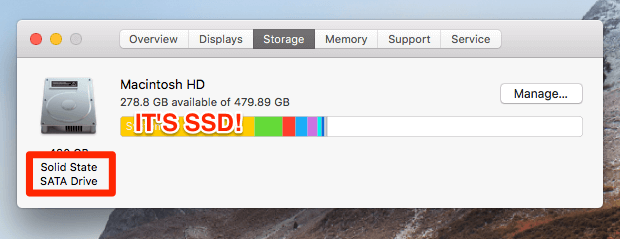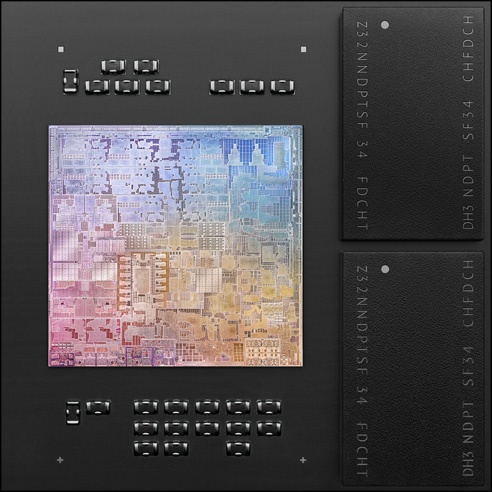

- #APPLE SOLID STATE HARD DRIVE PROBLEM INSTALL#
- #APPLE SOLID STATE HARD DRIVE PROBLEM UPGRADE#
- #APPLE SOLID STATE HARD DRIVE PROBLEM PRO#
It’s chock-full of information about how SSDs work, what technology individual manufacturers employ, and includes not only a ‘buyer’s guide’ but an almost endless thread containing users experiences. There is, however, a very good “information and buyers guide” website - Sean’s SSD Buyer’s Guide and Information Thread. Unfortunately, there are no Consumer Reports articles out for SSDs on MacBook Pros. I would recommend any of these three drives, now, for those wanting the higher capacity. Crucial also has two high-capacity SSDs - the older 960GB M500 and the recently released 1 Terabyte M550, which sports faster speeds than the M500 series but is still available at a reasonable price. Decisions, decisions! See here for an excellent review of the Samsung 840 EVO 1TB drive. And Samsung now has a 1 Terabyte EVO drive - priced at about $800+ but which can be found for under $650.

So decide, first, how much storage you can actually utilize before making any buying decisions. But Crucial is now shipping a 960GB M500 drive that sells for under $600. Currently, SSDs come in basically three usable sizes: 120-128GB, 240-256GB and 480-512GB. You can always store your hefty data on an external drive, of course, but for working projects I recommend using your fast internal SSD. If you do photo or video editing, the SSD makes a super-fast scratch/working drive for individual projects. There are numerous advantages to a larger drive, however. But most people will want to store much more than that on an internal drive save, perhaps, for large iTunes libraries and large photo/movie libraries. This is certainly the least expensive approach.
#APPLE SOLID STATE HARD DRIVE PROBLEM INSTALL#
Now you may want to install a 120-128GB SSD and simply use it as a boot device and as a place to store your most frequently used applications. It’s just my opinion, but the bigger the better. But you may still want to use the SSD in an enclosure or in another machine.īefore you purchase a SSD, there are a few questions that you need to ask:
#APPLE SOLID STATE HARD DRIVE PROBLEM UPGRADE#
Why? Because you may want to upgrade your Mac sometime in the future… although you'd likely be upgrading to a Retina model these days. Note that I only recommend using a SSD in 2009 and later MacBook Pros with a 3.0Gbps to 6.0Gbps interface speed – and I recommend buying a 6.0Gbps SSD regardless of the fact that models with a SATA II interface won’t be able to use the full-negotiated speed of 6.0Gbps.
#APPLE SOLID STATE HARD DRIVE PROBLEM PRO#
Many people come to the MacBook Pro forum asking about SSD upgrades, so this user tip is applicable to those, primarily, who have already made the decision to upgrade. If you’ve already upgraded your RAM and simply want more speed, you may want to consider upgrading your old hard drive with a SSD (Solid State Drive).

There are, with most MacBook Pros (exclusive of the Retina display models) only two modifications that you can make without voiding your Apple warranty or AppleCare extended warranty – upgrading the RAM and upgrading the drive in the hard drive bay. (Note: while some portions of this user tip can be used when installing a new hard drive in your MacBook Pro, it is intended only for those upgrading to a SSD.)


 0 kommentar(er)
0 kommentar(er)
